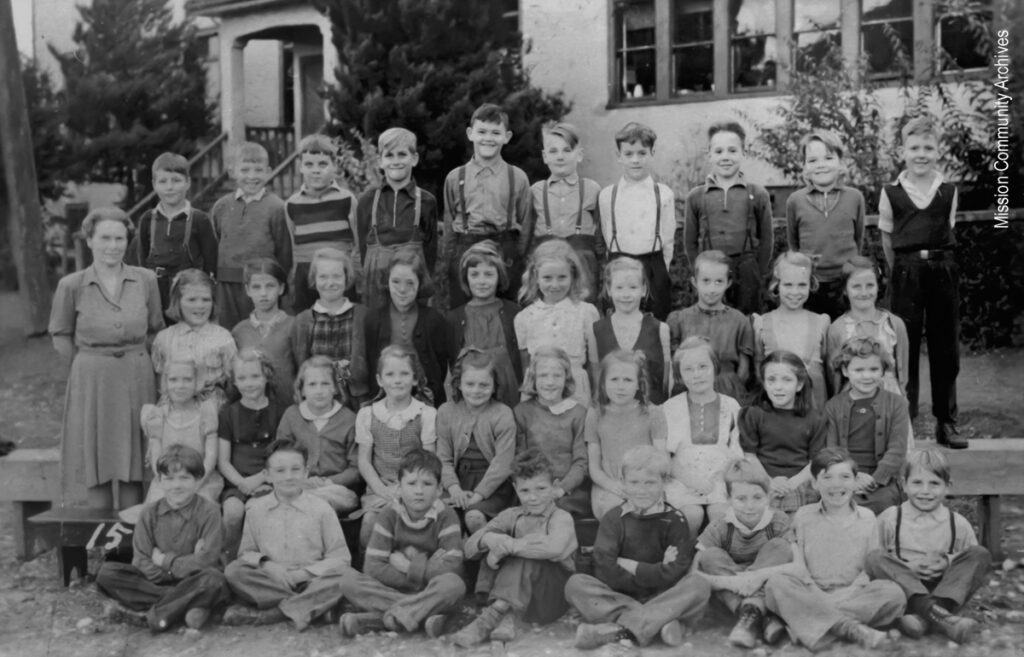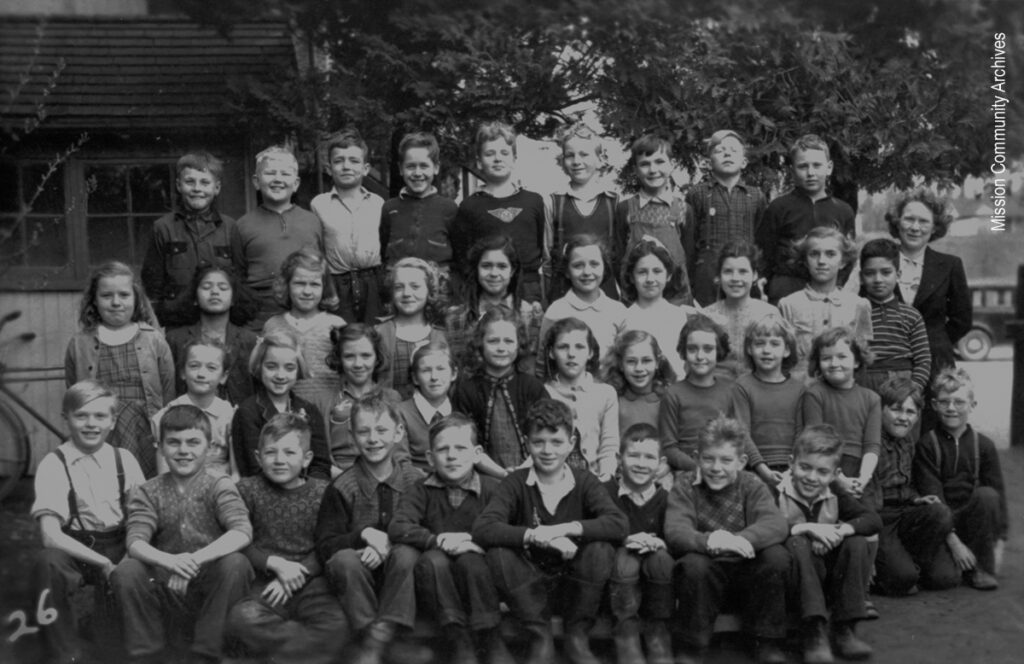Teachers and students were highly affected during this time. Especially in how their school life was affected. Many classes switched focus onto war and how the war took over, “Some former students recall discussing the war’s causes in Social Studies and tracing military advances on maps of Europe.”1 With life outside of school being consumed with talk about the war, for youth school should have been an escape and somewhere they could go to focus on their studies, “Students’ lives were infused with genuine feelings of fear. The future was, to say the least, uncertain; the absence of security coloured the lives of students”.

For many students the majority of their memories from their time in high school was the war itself “[a student] recalled her teacher exposing students to war news and to Hitler’s speeches on a class radio. Some former students remember collecting war savings certificates, enduring marching drills during physical education classes, and planting victory gardens from which some produce was sent overseas.” During World War II school, life, and activities were generally geared toward what was needed in the war and how to keep the soldiers stocked with everything they required. To keep the soldiers supplied “it was impossible for these students to turn away from the war, or to ignore its existence. Forced to deal with reality, they worked hard for the war effort, and put aside the normal teenage concerns.”2

The teachers were scared on how to protect their students ““The teachers … interviewed felt that they were unable to shield their students from the realities of war given that most schools had a military presence and students were required to wear labels with their names and addresses in case of an attack during the school day.” With regards to Mission Central High School, war fundraising was a large part of what was happening around the school. As well many students had spent a lot of time fundraising and coming up with new ideas to raise money for the war effort, “the inescapable reality of war-affected students’ social lives and deferred their dreams for the future”
- Middleton, Sue. 1998. “Schools at War: A Life-History Analysis of Learning and Teaching in New Zealand, 1939-1949.” Discourse: Studies in the Cultural Politics of Education 19 (1): 53–74. https://search.ebscohost.com/login.aspx?direct=true&AuthType=sso&db=eric&AN=EJ572424&site=eds-live. ↩︎
- Hamelin, Christine. 1997. “A Sense of Purpose: Ottawa Students and the Second World War.” Canadian Military History 6 (1): 34–41. https://search.ebscohost.com/login.aspx?direct=true&AuthType=sso&db=31h&AN=45753883&site=eds-live. ↩︎
